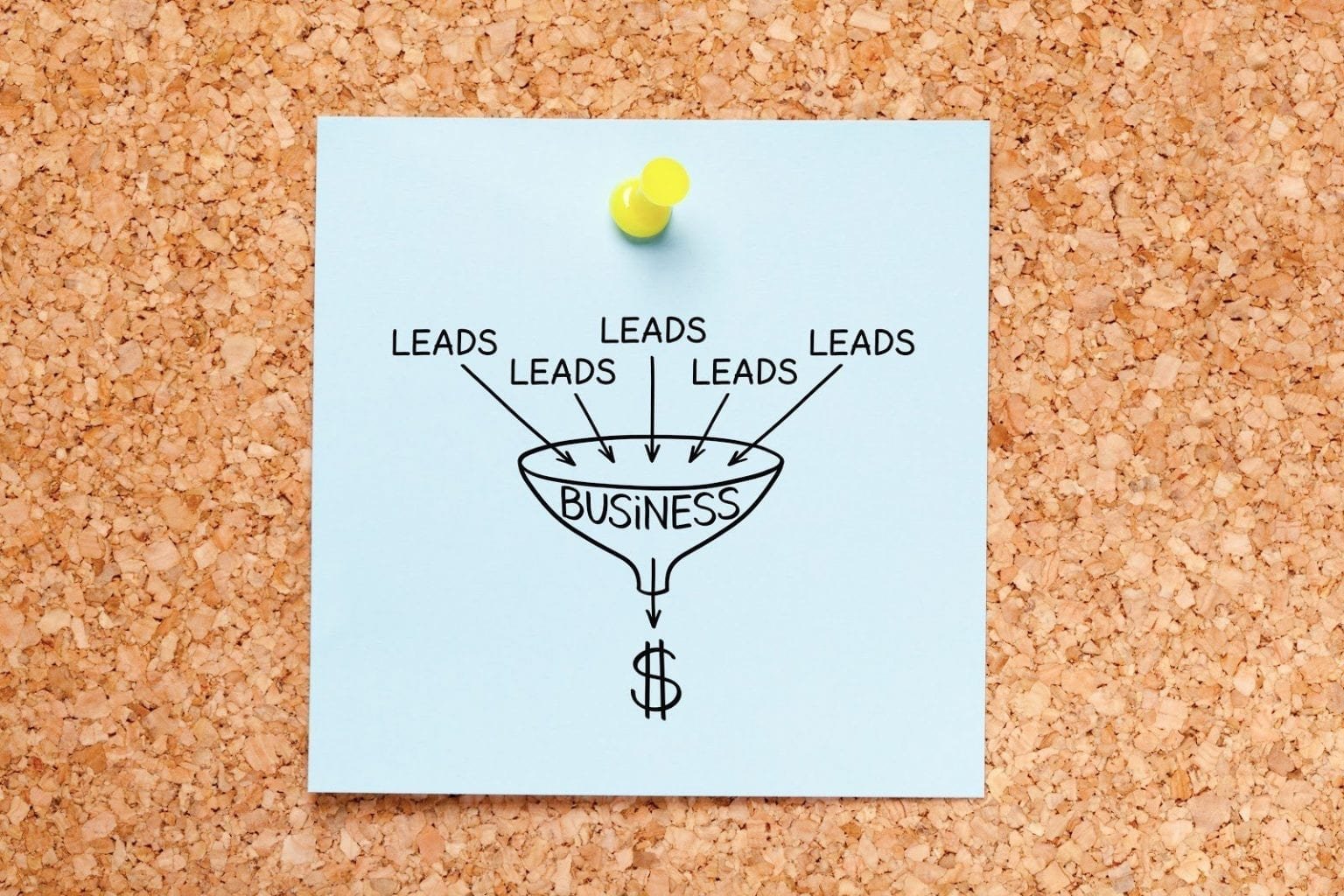Ben Legg
When starting a portfolio career or even a side hustle, many do the same thing; have an idea, find an audience, then make their initial approach. Traditionally this has been done in a number of ways – you could meet people at an event, you could phone the office and get redirected, or you could send an email.
Suddenly as countries began to lockdown, two of the three became impossible. There were no more meetings and office phone numbers only led to empty buildings.
This is the situation that Matt Sutton found himself in when he began building out several new ventures in early 2020 during lockdown.
Building a sales pipeline, trying to sell to strangers while stuck in your home, isn’t easy.
However, Matt’s new ventures are already booming after only a few months. With his impressive business leadership and transformation background, Matt knew that success across his new ventures would require a robust and effective sales pipeline approach. So he took what he had learnt about pipeline management in previous roles and redesigned it to suit his diverse new ventures.

Matt Sutton
Whilst living in Singapore and China, Matt has spent the last 15 years building, managing, selling and integrating digital and technology sector ventures that have been regional and global in scale.
He launched Twitter’s business in Asia, bought and sold an ad-tech company, entered over 20 markets, managed over half a billion dollars of revenue, brought technology platforms to Asia and set up multiple partnerships with the likes of Facebook and Google.
He is a highly strategic and hands on business leader as well as an entrepreneur, advisor, investor and public speaker. His consultancy, Lab66, specialises in technology, growth and transformation. He is a London School of Economics graduate, an Entrepreneur in Residence at INSEAD business school and an Advisor at early stage startup generator, Antler.
A foundation of a sales pipeline that can scale is selecting a platform. Matt had used several platforms to create sales pipelines in the past, the main three being Salesforce, Hubspot, and Pipedrive.
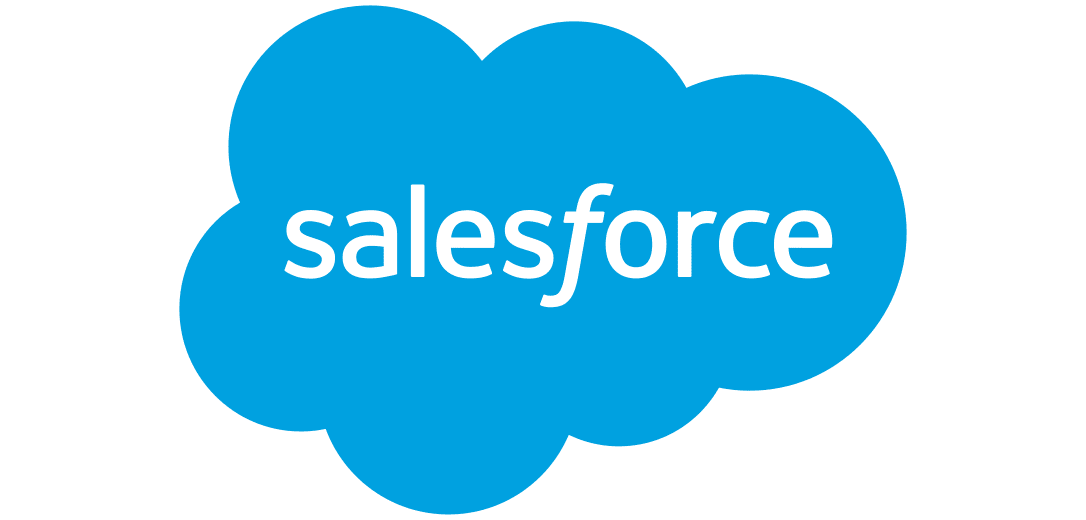
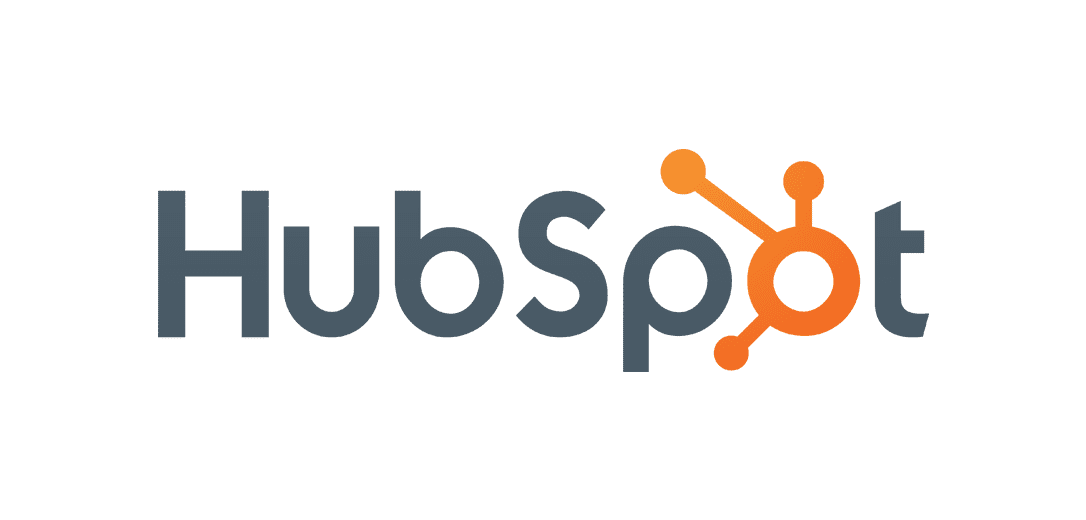
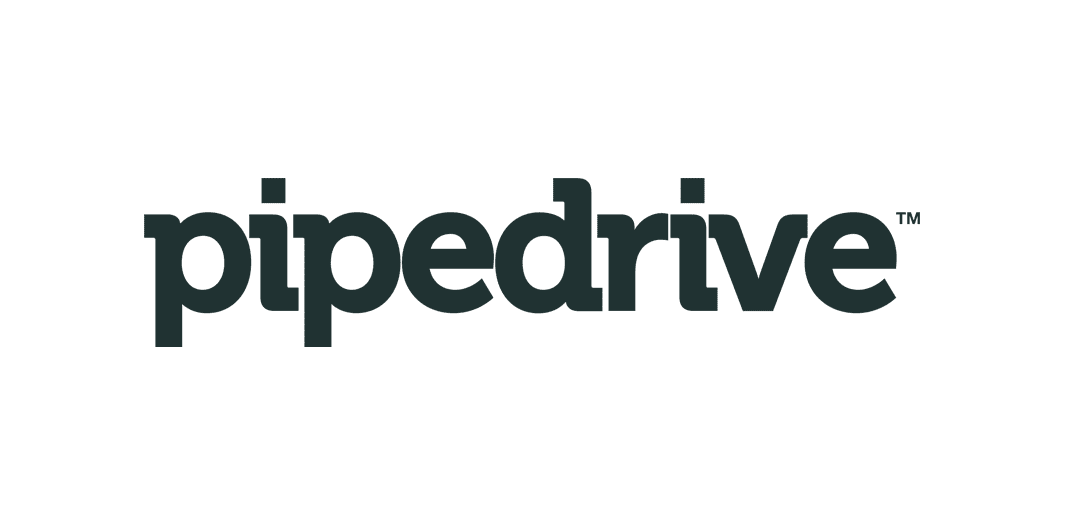
For his portfolio of new ventures, Matt chose Pipedrive because it allowed for a quick setup, is flexible and has high quality of customer service. Unlike other options, it is also not built with the aim of upselling you to an enterprise-level product costing thousands per month.
| Platform | Salesforce | Hubspot | Pipedrive |
|---|---|---|---|
| Cost per seat per month | $25-$300 | $50-$180 | $12.50-$50 |
| Support (1-5) | 4.1 | 4.5 | 4.4 |
| Accessibility | App, Browser | App, Browser | App, Browser |
| Features* | Calendar/Reminder System | Calendar/Reminder System | Calendar/Reminder System |
| Document Storage | Document Storage | Document Storage | |
| Email Marketing | Email Marketing | Email Marketing | |
| Internal Chat Integration | Internal Chat Integration | Internal Chat Integration | |
| Lead Generation | Lead Generation | Lead Generation | |
| Lead Scoring | Lead Scoring | Lead Scoring | |
| Marketing Automation Integration | Marketing Automation Integration | Marketing Automation Integration | |
| Mobile Access | Mobile Access | Mobile Access | |
| Quotes/Proposals | Quotes/Proposals | Quotes/Proposals | |
| Segmentation | Segmentation | Segmentation | |
| Social Media Integration | Social Media Integration | Social Media Integration | |
| Task Management | Task Management | Task Management | |
| Territory Management | Territory Management | Territory Management | |
| Scalability* | 2-1,000+ Users | 2-1,000+ Users | 1-499 Users |
| Training* | In Person | In Person | In Person |
| Live Online | Live Online | Live Online | |
| Webinars | Webinars | Webinars | |
| Documentation | Documentation | Documentation |
There is a huge amount of value in creating sales pipelines through a dedicated platform, not only because it will keep your thoughts and processes aligned, but also because it allows you to organise multiple projects simultaneously.

Each of Matt’s portfolio ventures requires a slightly different sales pipeline, so rather than having one sales pipeline for all, he has created a different pipeline for each one.
This allows him to accurately track everything that’s happening with each potential client along the specific pipeline needed for that service.
For instance, one of Matt’s offerings is helping US and European technology companies grow their customer bases in Asia.
This requires the creation of a sales pipeline for each client. He does not want these clients to have access to his own sales pipelines or the pipelines of other clients, so having the ability to give permission-based access to the platform is essential.
Matt’s success in building such a great portfolio of work in very challenging conditions has not been due to the platform he chose. There is little doubt that it has been a catalyst, but a sales pipeline is only as good as what’s in it – the leads.
In order to fill his pipeline with quality leads, Matt has some general rules that he follows.

One approach that Matt advocates is to outsource your email lead generation and concentrate on using your own time for outreach and nurture through messaging, rather than identification and sourcing of contacts.
This gives Matt the opportunity to spend time making the best impression rather than sending out generic cold-open approaches.
In Matt’s words: “I know that I can sit down at my desk at 9am with an espresso, then by 10.30 I will have written and sent out 20 highly personalised emails, which are then added to my pipeline”.
As each contact is added to his pipeline, Matt has complete visibility over where each of the deals are and the next required action to increase the likelihood of a sale. When using a service like Hubspot, Pipedrive, or Salesforce, the interactions are automatically added to the platform allowing for accuracy of information wherever that client or potential client is in the sales process.

The pipeline can only come into effect once Matt has engaged the client ahead of time, which is why it becomes so important to build the right people into your network in order to nurture them.
For example, Matt uses his LinkedIn as a sales tool, adding people who are likely to be potential clients and then engaging with his LinkedIn network as an expert in a particular subject.
This can be done through
- asking specific questions,
- posting points about relevant news,
- or writing content focused on the problems that he or his work can solve.
This is the foundation of a content marketing strategy which needs to be aimed towards your specific audience.
The purpose of this approach is to make sure you are seen as the expert in your area. Matt’s target audiences are interested in innovative technology solutions, so the kind of content Matt produces reflects his expertise in that area.
The power of content is well established, with some studies finding a stark contrast in performance between companies who create content and those who don’t.
For instance, businesses who create content have found that they receive double the traffic from emails than those who don’t
Even if you only have time to create one piece of content every couple of weeks, the impact it can have on filling your sales pipeline can be invaluable.

Getting people into a sales pipeline does not always involve a sale, but may be a pro-bono piece of work that opens new opportunities which lead to further sales.
This pro-bono approach is one approach Matt has used before:
“There are three reasons to do it; to productise something you can flip to other adjacent companies, to build case studies and credibility and thirdly, to penetrate a network of people that you can then later leverage to get paid work. I recently did the latter and it led to an annual contract.”
It also gives you the opportunity to move into new areas where you may either need to demonstrate your skills or how you can work in a certain way.
For example, if you are working in graphic design with a generalist portfolio but want to specialise in 3D design, you could do a pro-bono 3D design for a charity which you could then share around your network to both demonstrate your skills and develop some goodwill around you and your brand.

When you first end up with a huge list of contacts, there is often a tendency to send as many approaches as possible, after all you have a fantastic product and you want the world to know about it (and buy it).
However, this is an approach that Matt suggests you should avoid if you want to maximise the opportunities created in your sales pipeline.
“I always send out an email specifically for the person I am sending it to because you can see a mass email a mile off.”
Instead, taking more time over an email and customising it to the receiver is considerably more effective in the long run.
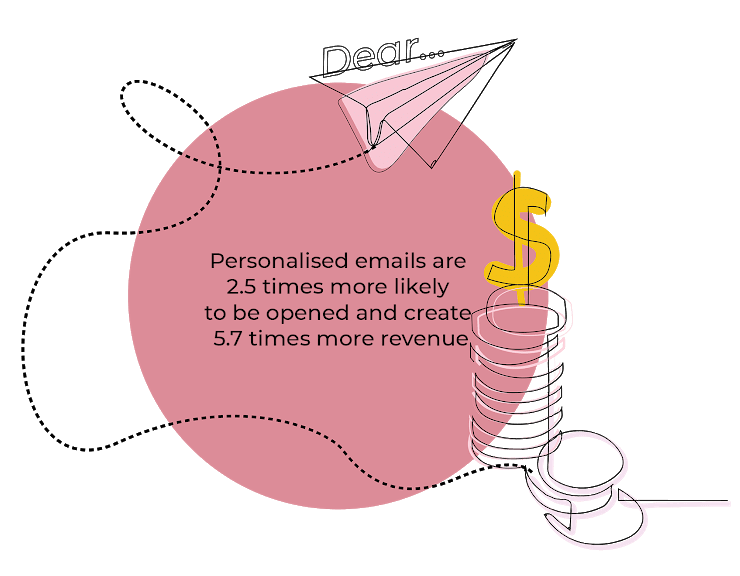
Rich Relevance found that emails that employ personalisation are 2.5 times more likely to be opened and create 5.7 times more revenue than those that don’t.
Sending out as many emails as possible may seem like a good idea, but being more strategic and taking your time is going to give you a better sales pipeline.
Think this sounds like the right path for you? Come along to our monthly Community Welcome Call for new members to find out what a portfolio career could look like and how The Portfolio Collective can help you take those first steps towards professional success – and don’t forget to connect with our community!
